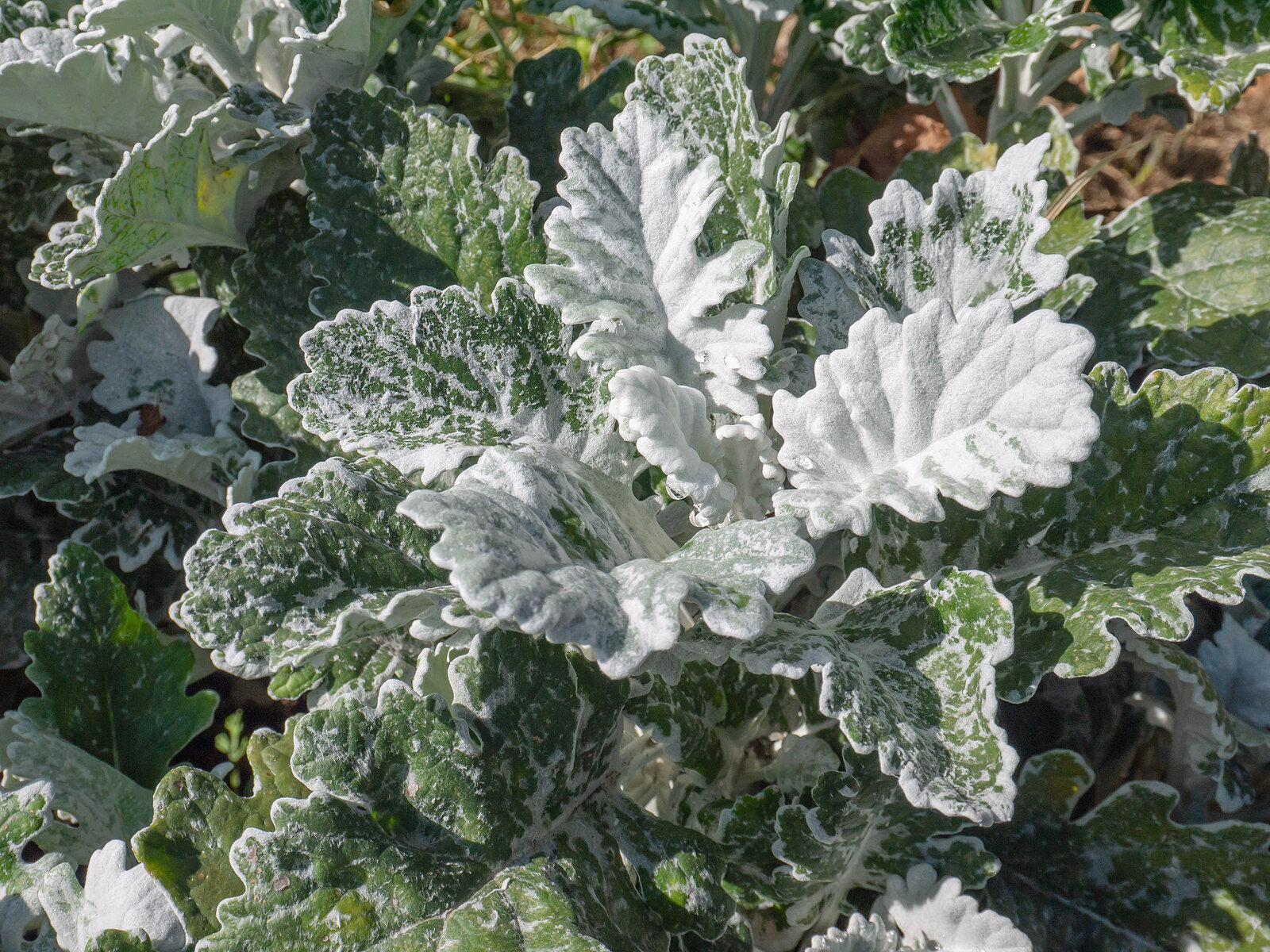How to Grow Wall Rockcress — Arabis
Arabis, commonly called wall rockcress, is a small mounding plant covered in white blossoms in early to mid-spring. Wall rockcress is a colorful addition for rock gardens and rock walls and containers. Rockcress is a genus of annuals, biennials, and perennials of the Mustard Family including delightful, low-growing border and rock-garden plants of easy culture. […] More












